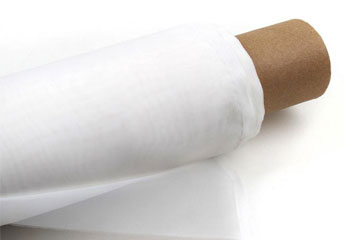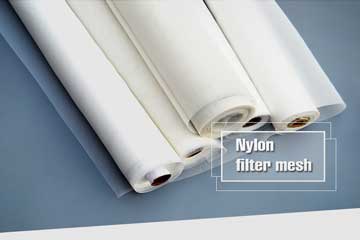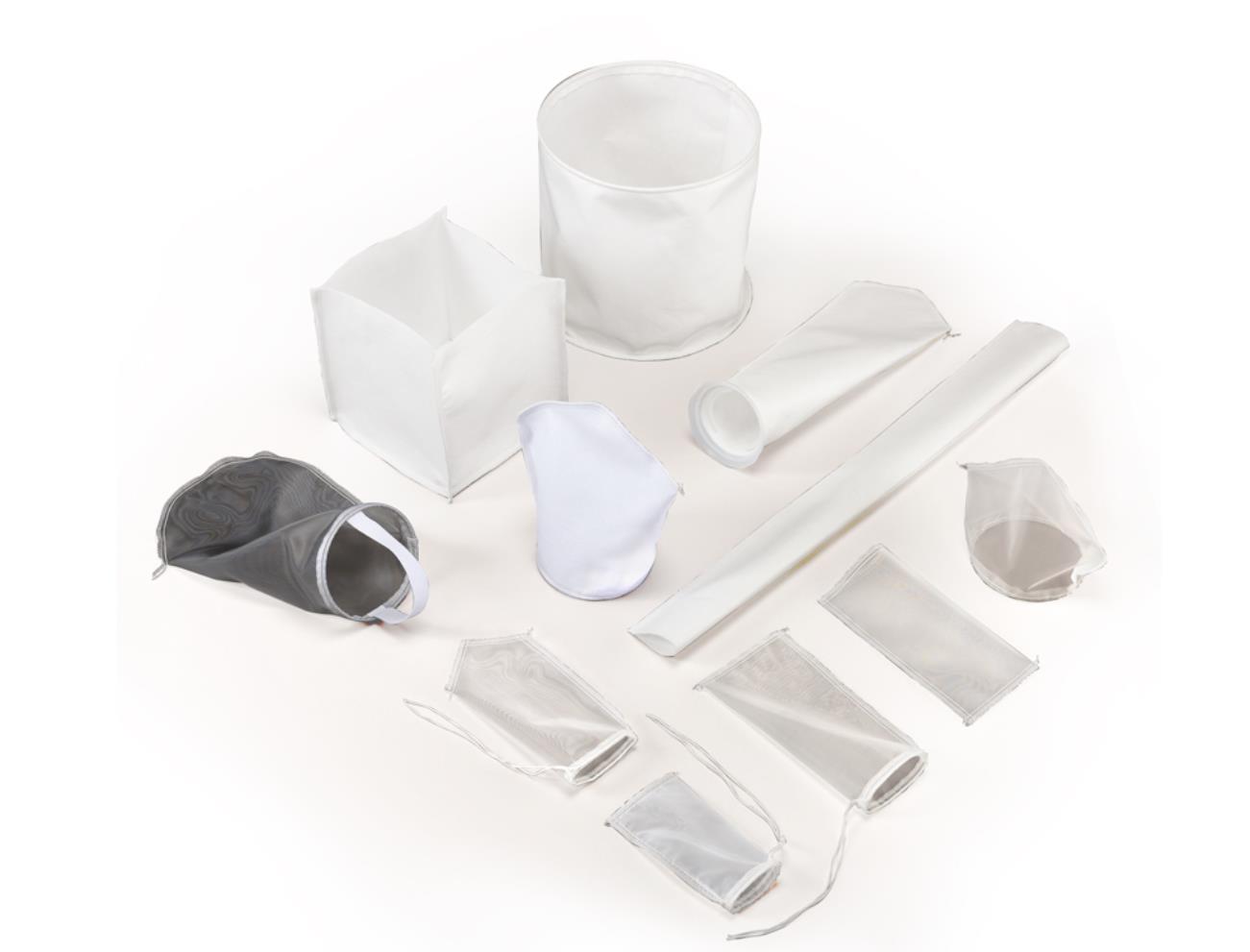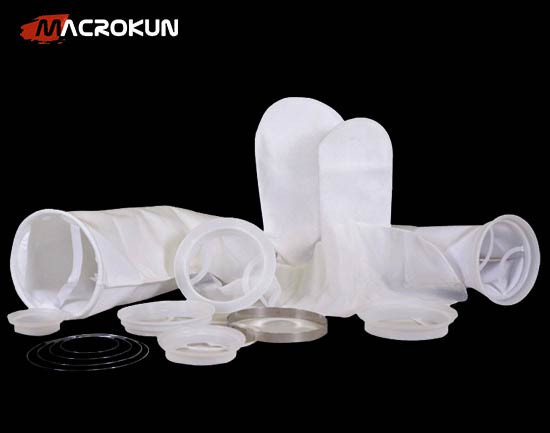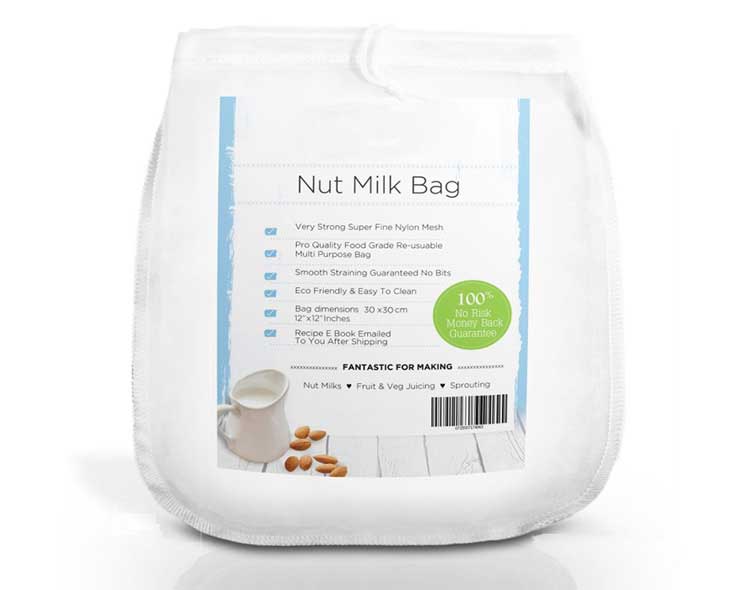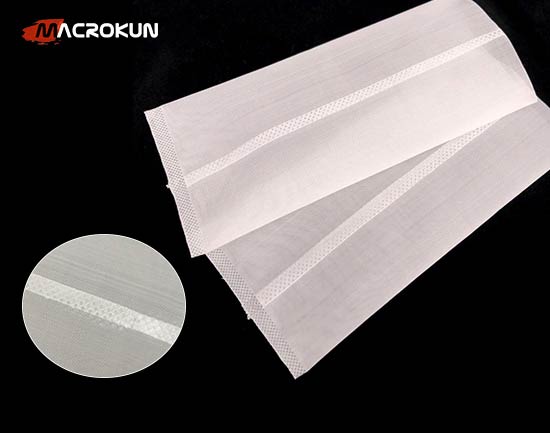Why choosing the right 0.45 nylon filter membrane saves time and protects your instruments
Treat the 0.45 nylon filter membrane as a performance component rather than a commodity. Build a simple validation funnel — sample → test → accept → bulk order — and require COAs for each incoming lot.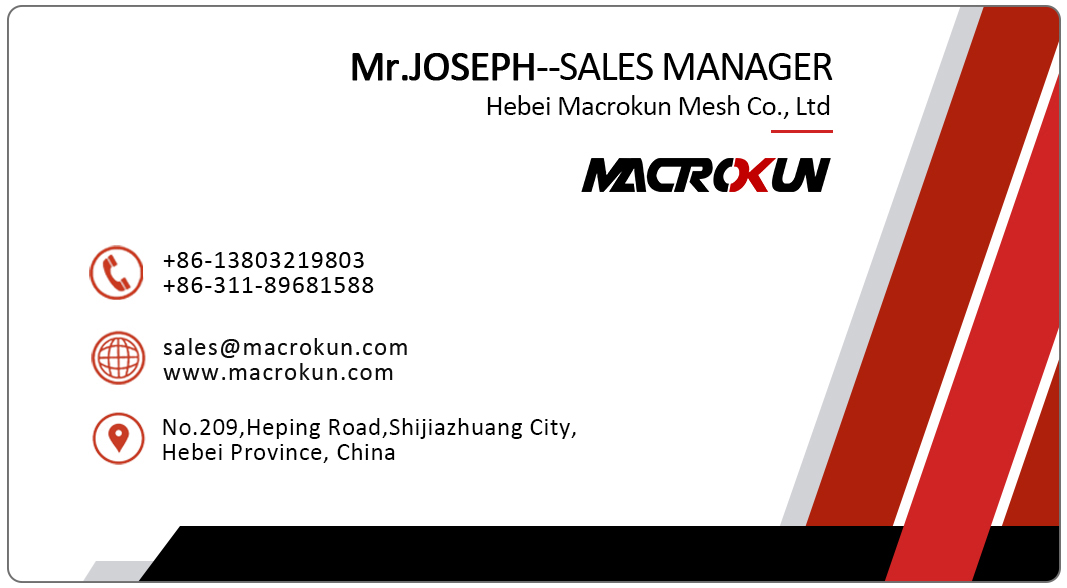
A small consumable can cause big downtime when it’s the wrong choice. The 0.45 nylon filter membrane sits at the sweet spot for many laboratory and production filtration tasks: it removes particulates large enough to foul analytical columns while retaining flow rates that keep sample prep efficient. Choosing the right membrane format, grade, and supplier pays back quickly through fewer clogged lines, fewer reruns, and more predictable results.
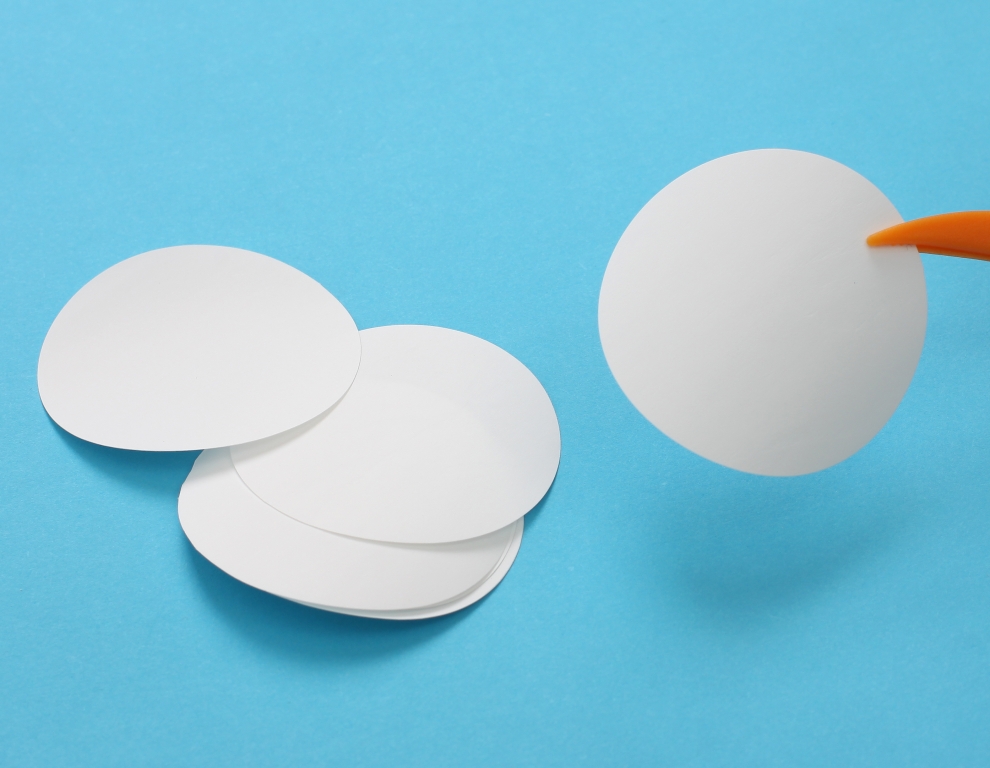
What a 0.45 nylon filter membrane is — plain and practical
At its simplest, a 0.45 nylon filter membrane is a hydrophilic polymer film engineered to have a nominal 0.45 micrometer pore size. It is commonly supplied as pre-cut discs, pre-assembled syringe filters, or as larger sheets and rolls for custom housings. High-quality versions are supported with a backing material for handling strength and are manufactured to tight pore-distribution tolerances so that flow and retention remain consistent from lot to lot.
Why 0.45 µm is chosen so often — the performance tradeoff
The 0.45 µm pore size is a pragmatic choice in many workflows because it balances particulate retention with throughput. It removes particles that can damage or shorten the life of analytical columns while allowing sufficient flow for quick sample processing. For many labs, a 0.45 nylon filter membrane is the default first step — a robust prefilter that protects downstream equipment without the high backpressure associated with finer membranes.
Formats and how to pick the right one for your lab
Format matters almost as much as the membrane itself. Choose by volume and workflow:
-
Syringe filters (commonly 13 mm and 25 mm) are ideal for single-sample HPLC prep and spot checks.
-
Disc filters (25 mm, 47 mm, 90 mm) work well in vacuum manifolds for batch processing.
-
Rolls and sheets serve preparative-scale filtration and custom housings.
When selecting a 0.45 nylon filter membrane format, measure your holders and manifolds first. A wrong diameter wastes time and budget; the correct format ensures tight seals, proper flow, and consistent results.
Material behavior — what nylon gives you in real use
Nylon membranes are inherently hydrophilic, which means they wet out readily with aqueous solutions and many polar organic solvents. This wetting behavior reduces prep steps and eliminates the need for surfactant pretreatment in many applications. Quality nylon membranes also exhibit low particle shedding and adequate tensile strength when supported — important traits when using vacuum-driven filtration or handling discs repeatedly.
Typical applications — where this membrane excels
Use cases where the 0.45 nylon filter membrane performs particularly well include:
-
HPLC sample preparation to protect analytical columns from particulates.
-
Clarification of buffers, reagents, and solvent blends prior to analysis.
-
Environmental and production sampling where particle removal is the goal rather than sterilization.
-
QC sampling to remove debris before optical or chromatographic measurement.
Because of its combination of flow and retention, this membrane is a common first-line choice across many analytical and QC environments.
Chemical compatibility — what to verify before purchase
Although nylon tolerates a wide range of aqueous and polar organic solvents, it is not universally compatible with every chemical. Before committing, check the vendor’s chemical compatibility guidance for your exact solvent system. For trace analysis, request extractables and leachables data; well-documented membranes reduce the risk of background interference in sensitive assays. When in doubt, perform a short validation with your solvent matrix.
Buying smart — a procurement checklist
Before you place an order for any 0.45 nylon filter membrane, verify these essentials:
-
Format and diameter — ensure compatibility with syringes, housings, or manifolds.
-
Pore size confirmation and COA availability — request test documentation for pore distribution.
-
Sterility status — confirm sterile packing or sterilization method if required.
-
Backing/support details — prefer supported membranes for vacuum and frequent handling.
-
Sample policy — obtain a small trial pack for on-site validation before bulk buy.
Following this checklist reduces the chance of receiving mismatched product and keeps procurement decisions evidence-based.
How to validate a sample in three practical steps
Validate quickly with a short, reproducible protocol:
-
Flow test: pass a representative sample through the filter and time the flow. Compare to expected values.
-
Filtrate inspection: check for clarity, color change, or odor that could indicate extractables.
-
Functional check: use the filter in the actual handling environment (manifold or syringe) to ensure no leaks, tears, or fitment issues.
If the 0.45 nylon filter membrane passes these checks, you can move confidently to larger purchases.
Cost versus value — why life-cycle matters
Unit prices vary by format, brand, and packaging. A single syringe filter may appear inexpensive but can cost more per sample compared to bulk discs when throughput is high. More important than sticker price is total cost of ownership: a membrane that reduces reruns, protects columns, and minimizes downtime often yields better economics despite a modestly higher unit price. Evaluate supplier support, COA availability, and lot-to-lot consistency when assessing true value.
Common pitfalls and how to avoid them
Avoid these frequent mistakes that spoil filtration plans:
-
Defaulting to finest pore size: choosing a very fine membrane by default increases clogging risk and cost. Pick the coarsest pore size that meets analytical needs.
-
Skipping sample validation: never bypass real-matrix testing before bulk orders.
-
Overlooking format fit: wrong diameters or unsupported discs cause leaks and operator frustration.
-
Ignoring storage and handling: exposure to humidity or solvent vapors degrades performance.
Simple procurement discipline prevents most of these issues and makes the 0.45 nylon filter membrane a dependable consumable.
Handling, storage and disposal best practices
Preserve membrane performance with these routines:
-
Store sealed in original packaging in a cool, dry place away from solvent fumes.
-
Handle discs by edges using gloves or tweezers to avoid particulate transfer.
-
For sterile items, keep sealed until use; for used consumables follow local hazardous waste procedures.
-
For reusable housings, avoid harsh oxidizers in cleaning that can damage nylon material.
Good housekeeping extends membrane life and reduces the chance of background contamination in assays.
Real-world example — small change, big impact
A medium analytical lab standardized on a supported 0.45 nylon filter membrane for all sample clarifications and added a short incoming test to its receiving protocol. Within a quarter they saw a measurable drop in column fouling incidents and a reduction in repeat analyses. The small additional spend on validated membranes was offset by fewer instrument repairs and faster sample throughput — a practical case where the right consumable improved operations measurably.
Final recommendation — make consumable procurement a controlled process
Treat the 0.45 nylon filter membrane as a performance component rather than a commodity. Build a simple validation funnel — sample → test → accept → bulk order — and require COAs for each incoming lot. Standardize formats across teams to reduce variability and maintain a small buffer stock of validated items to avoid shipping-related downtime. These steps convert filtration from a recurring headache into a predictable, managed process that protects instruments and staff time.
RELATED PRODUCTS
RELATED ARTICLES
Tags:
